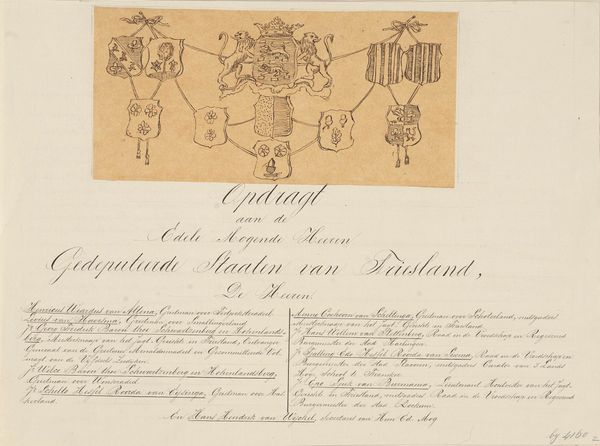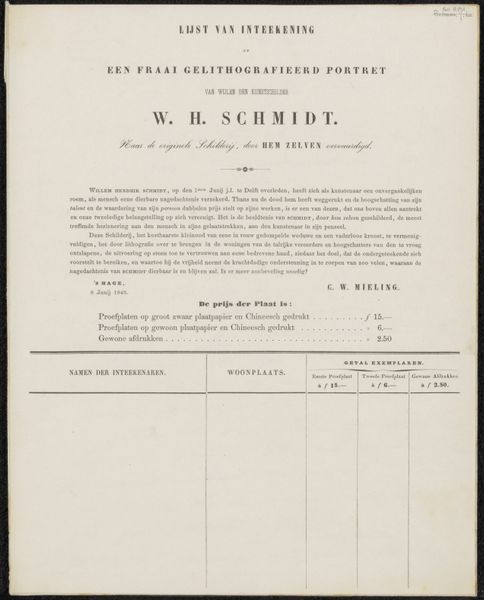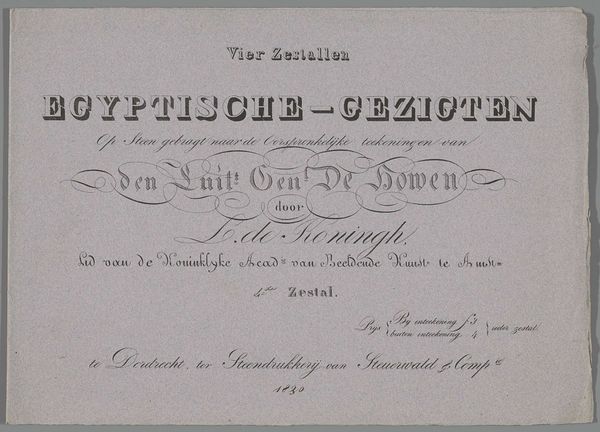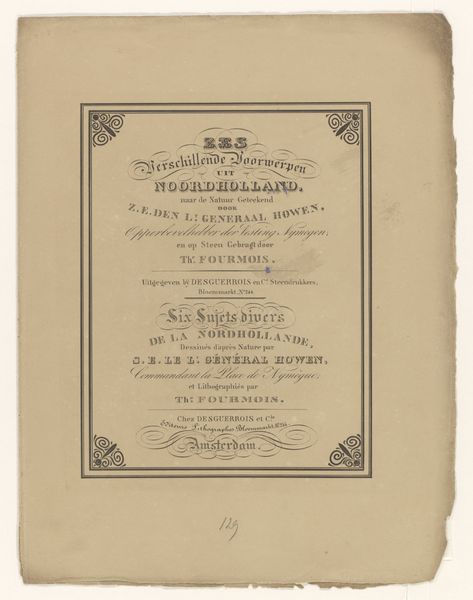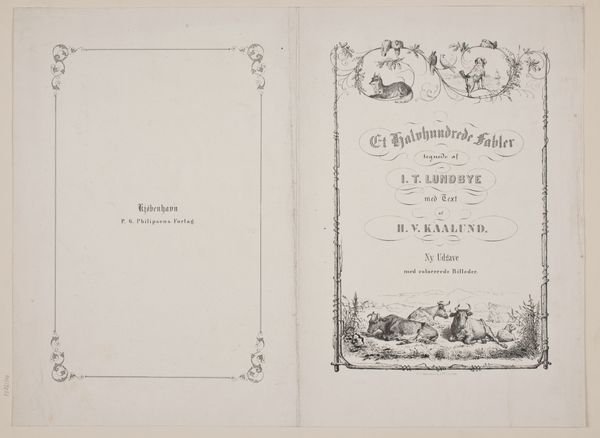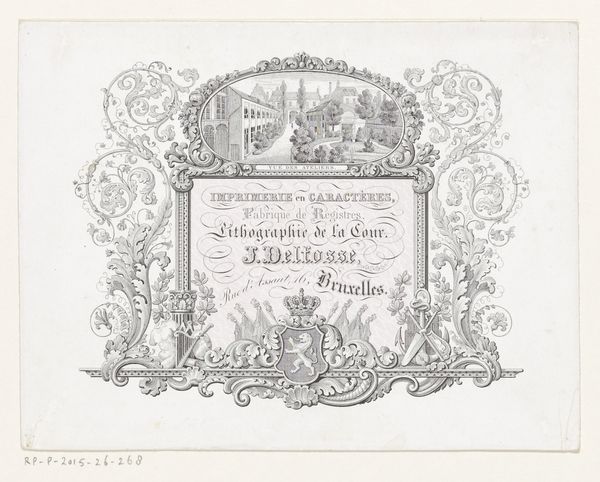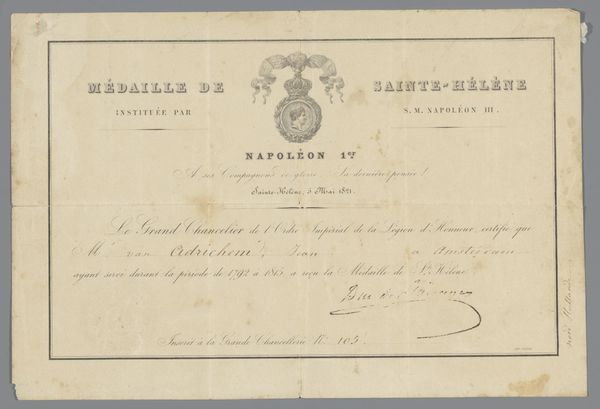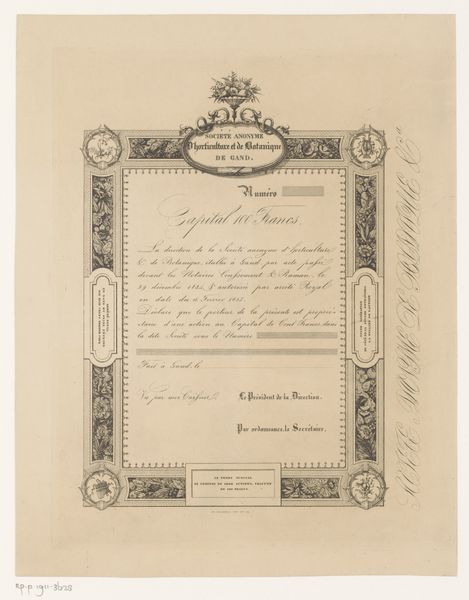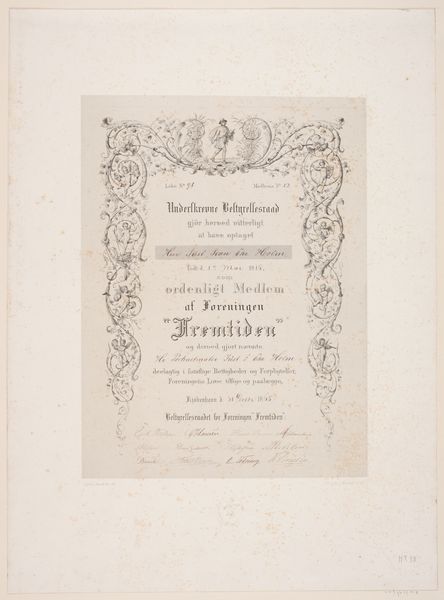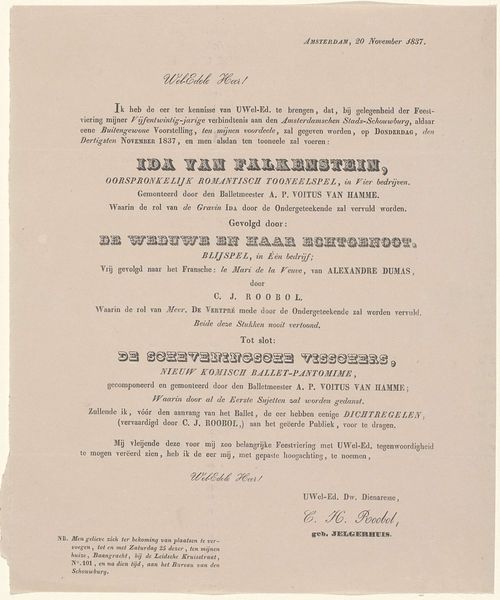
drawing, graphic-art, lithograph, print
#
portrait
#
drawing
#
graphic-art
#
dutch-golden-age
#
lithograph
# print
#
old engraving style
Dimensions: height 361 mm, width 539 mm
Copyright: Rijks Museum: Open Domain
This print, made by Charles Rochussen, offers us a glimpse into the Dutch School of painters. But let's focus on how it was made: through lithography. The term comes from the Greek word for stone - lithos - and that’s exactly what’s at the heart of this process. The image is drawn on a flat stone with a greasy substance, then treated with acid. When the stone is inked, the ink only sticks to the drawn areas, allowing the printmaker to transfer the image to paper. Now, lithography was a relatively new technology in Rochussen’s time. It allowed for the mass production of images and the dissemination of art to a wider audience. In this case, it's used to reproduce drawings and sketches, making the work of famous Dutch painters more accessible. Think about the labor involved: from quarrying and preparing the stone, to the skill of the artist in creating the image, to the printing process itself. So, next time you look at a print, remember that it's not just an image, but the result of a fascinating intersection of materials, making, and social context.
Comments
No comments
Be the first to comment and join the conversation on the ultimate creative platform.
